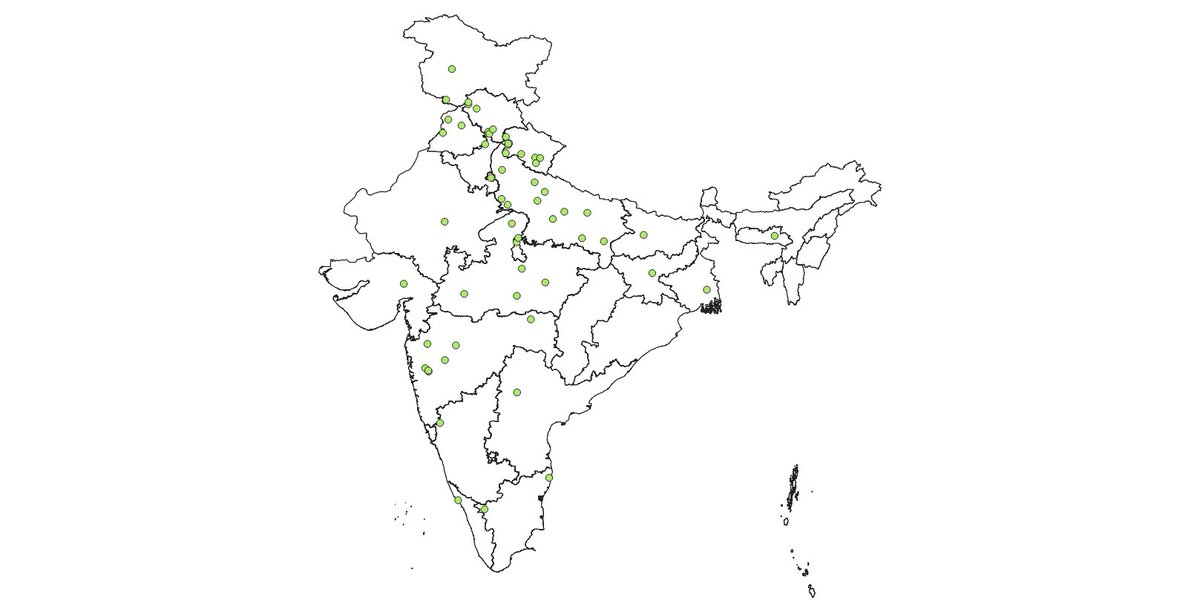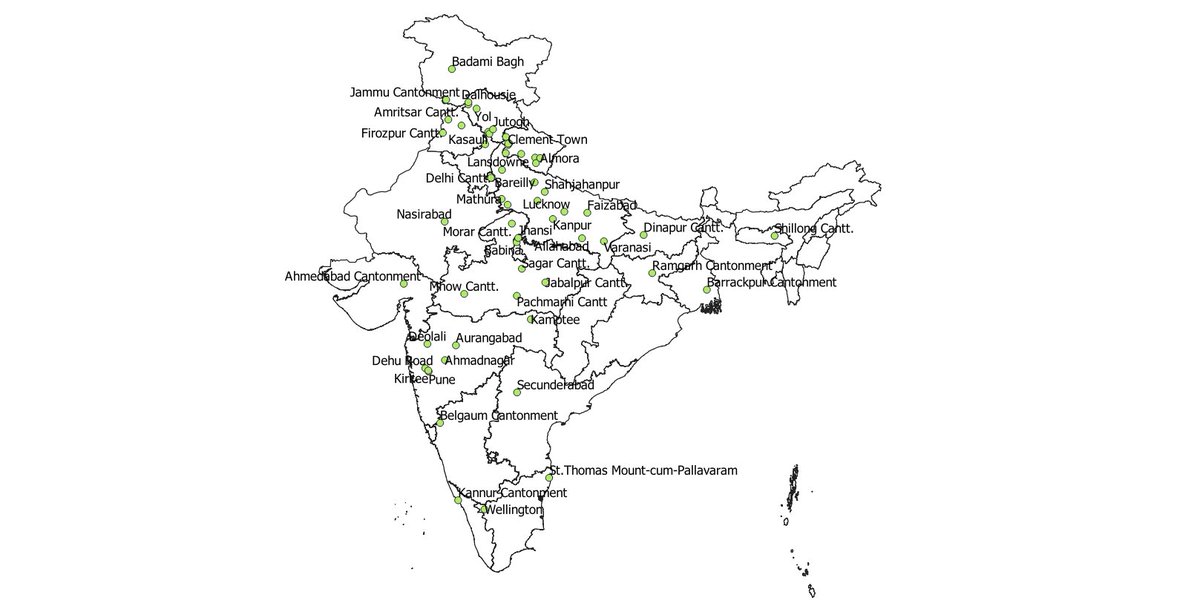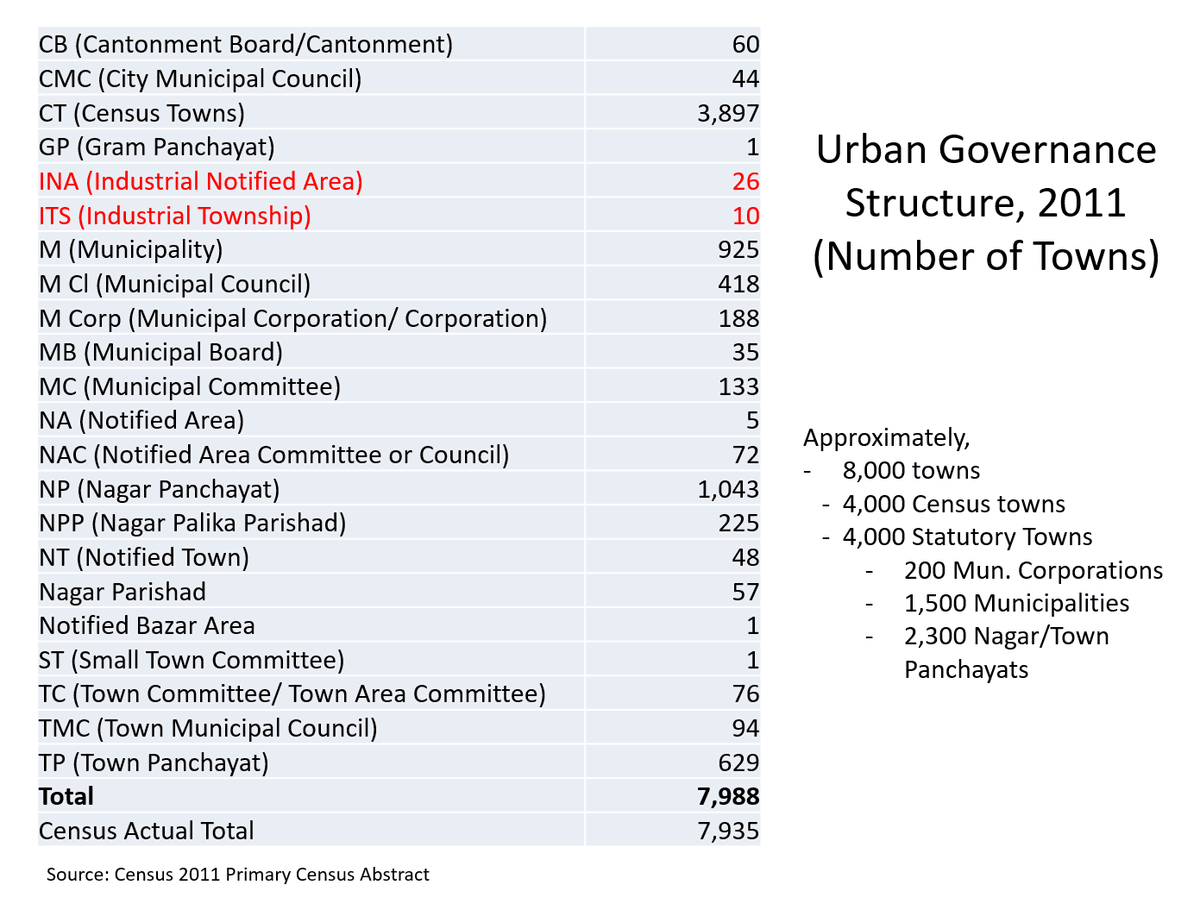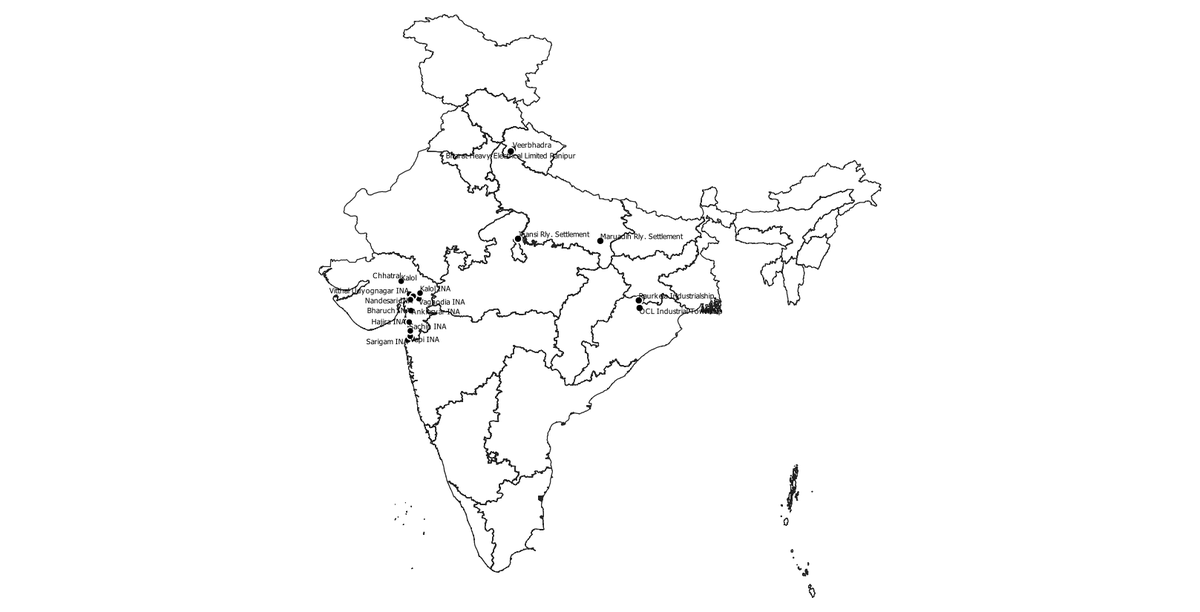
Lot of talk on the scale of under-reporting of deaths in India in this Covid19 wave. My research on the 1918 influenza outbreak in India placed it as 3x i.e. about 20 million deaths instead of the 6 million reported then. A thread on how researchers calculate such stuff (1/n)
The first estimates were given by Norman White in February 1919 as 6 million based on the data the govt. was collecting. This covered only British India and not the princely states where such data was rarely collected + the death registration system collapsed during the pandemic. 
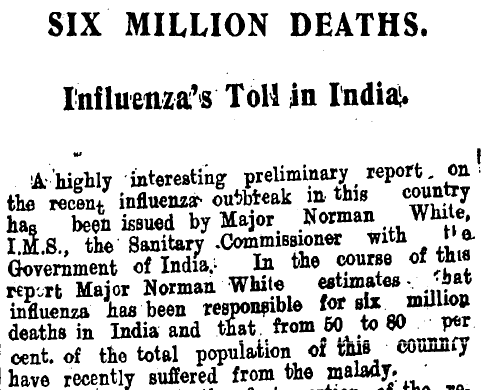
The first correction to this came from Census officials when they discovered massive shortfalls in villages and towns when they enumerated in 1921, relative to 1911. In 1924, J.T.Marten, the Census official, took the influenza toll up by a few millions in the Indian subcontinent. 
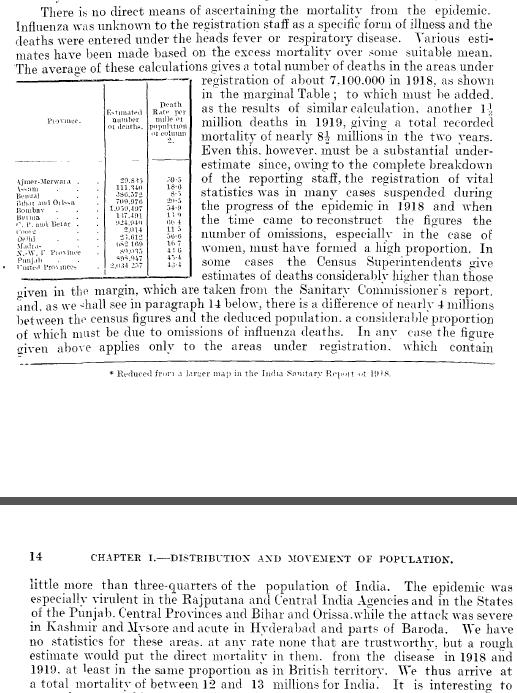
Several researchers over the years, have taken the estimates further up to the 15-20 million range. They basically work on assumptions of under-registration, under-coverage, excess mortality with given statistics, and/or inter-censal growth projections. Table shows summary. 
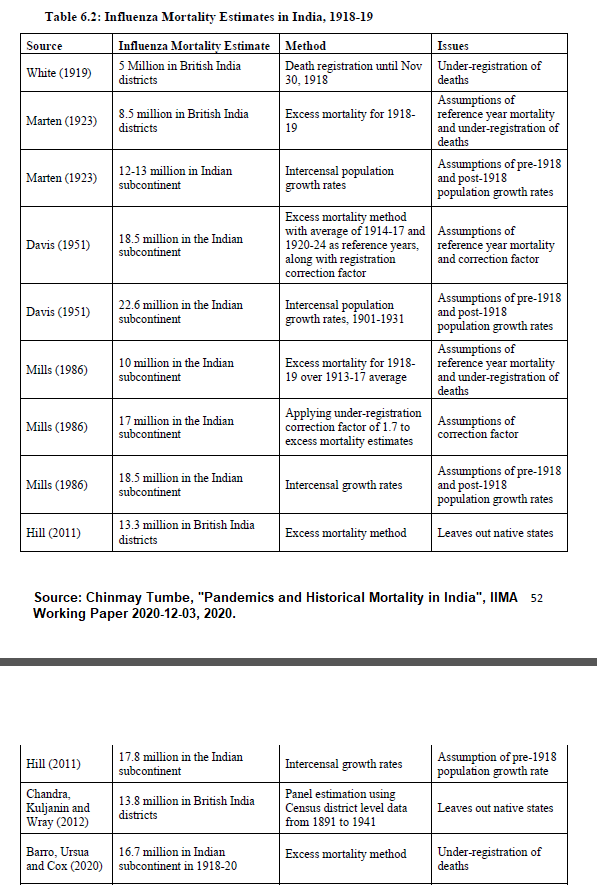
My method follows Chandra, Kuljanin and Wray (2012) but also uses data for the princely states. Turns out some princely states (Rajputana or Rajasthan and Hyderabad) were very badly hit. Estimate≈20 million. Details in Section 6 of my working paper here:
web.iima.ac.in/assets/snippet…
web.iima.ac.in/assets/snippet…
"A single death is a tragedy, a million a statistic". Why should this matter? It does because the generation that lived through that pandemic registered 7 million deaths in their collective memory, which was similar to the famine tolls of that era. 
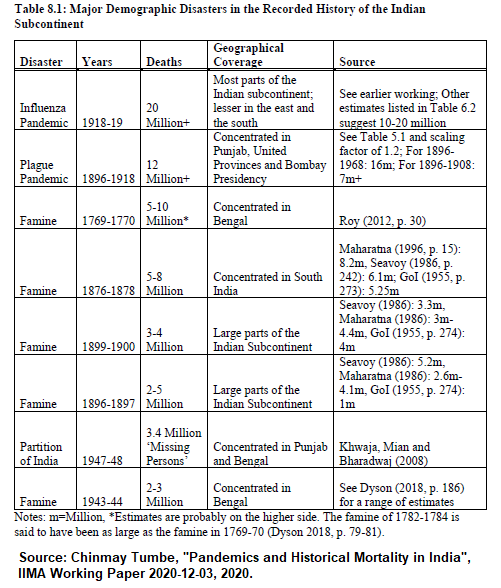
It was not seen as something exceptional in relative terms and no accountability was sought for it. Famine prevention codes (and lack of extreme droughts) ended famines in peacetime. But the 1918 pandemic was quickly forgotten.
The 3x bound for the 1918 influenza outbreak in India provides a plausible bound of death under-reporting in a raging pandemic. We will know only after this wave has subsided but we will need a full release of all-cause mortality statistics and the Census of 2022/23.
• • •
Missing some Tweet in this thread? You can try to
force a refresh


